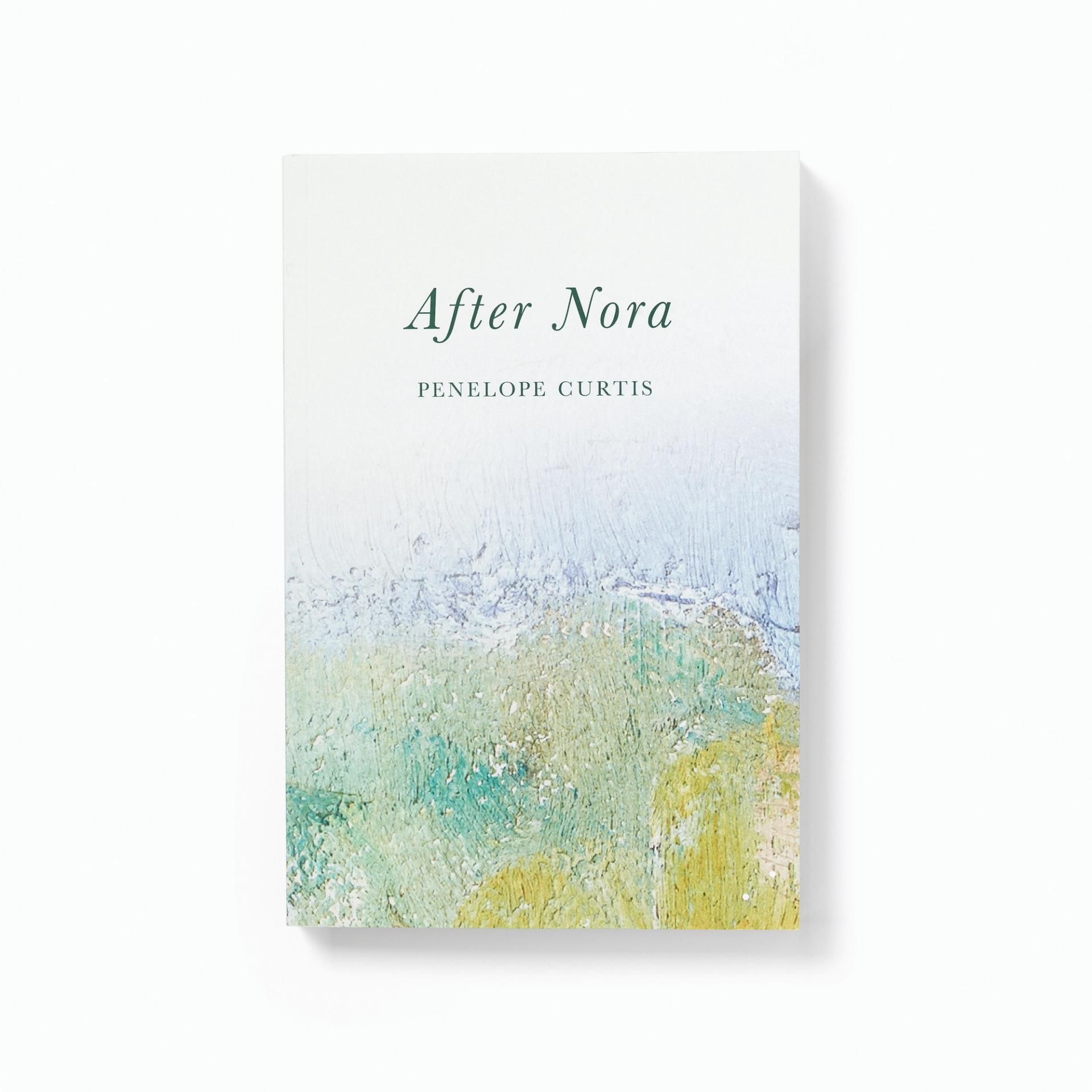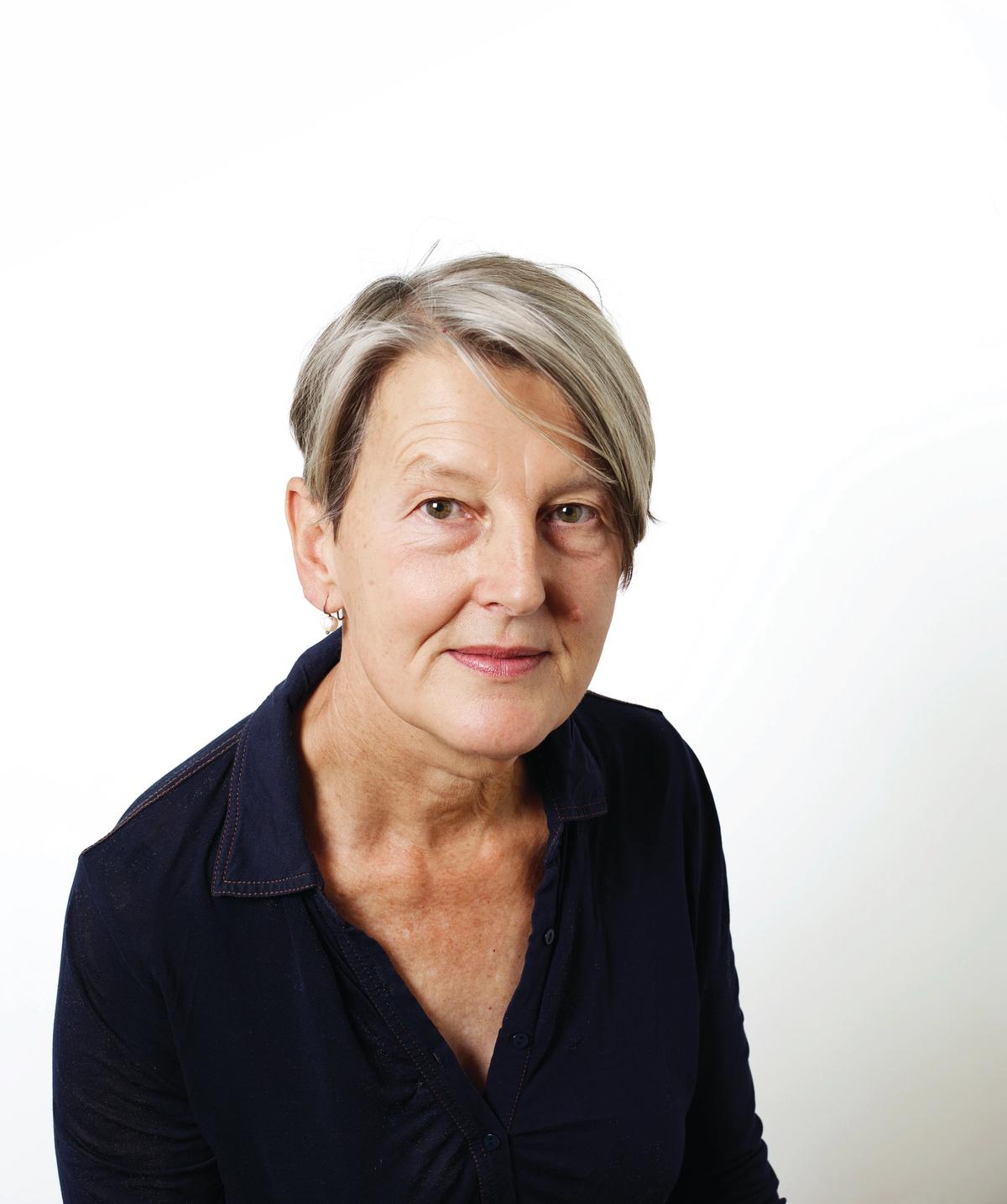The London-born art historian Penelope Curtis has made the intriguing switch from running museums to writing novels. This month, the former director of Tate Britain in London and the Calouste Gulbenkian Museum in Lisbon is publishing her debut novel, After Nora, which focuses on three generations of women, spanning the 1920s to the 2020s. Curtis imagines the life of her paternal grandmother, Nora, who endeavours to be a painter in the wake of the Second World War, marriage and motherhood. The action switches to her father, Adam, and his relationship with the eminent Portuguese scientist Maria de Sousa. Curtis, as narrator, stitches the two sides of the story together, reflecting on the unexplored aspects of these past events and personalities.
The Art Newspaper: Why was it important to write this novel?
Penelope Curtis: I was prompted to write it by preparing a speech for my father’s funeral and discovering a number of things in the family history that were new or different to what I’d always been told. Nothing shocking, just enough to jolt my senses. I then became more curious about my grandmother, who had anyway been a figure of fascination for me because her paintings hung all over our house. We had so many, we didn’t know what to do with them, but they were the only thing we had of hers. They had no titles and I never knew much about them. I now realise that I had probably always wanted to make a story out of them, and they act as the backdrops to my book.
Who is the novel aimed at?
I’d like to think that the novel itself conveys something real about the difficulties both of making art and of knowing who it is for.
Seeing or making art punctuates the novel, from visiting the Wallace Collection to Nora’s painting practice and the politics of the Royal Academy of Arts. Did you feel that art should be a backdrop to the action?
This first part of the book is about my grandmother, who was already married. She is a painter who wants to understand her place in the art world. She falls in love with an architect, and they have to find public buildings where they can meet. Galleries are those kind of places, and paintings can echo or reinforce what you are already feeling, so I used that to reinforce their predicament. As Nora becomes more aware of the art world, in contrast to art itself, she begins to see how its components can also be used to reinforce positions within society more broadly.

After Nora by Penelope Curtis
What is more fulfilling: leading a major institution such as Tate Britain or publishing your first novel?
[The two are] just very different, one so public and one so private. But I always wanted to write fiction, so I am pleased that I’ve finally got going.
What would be the best possible reaction from a reader?
Friends have told me they are touched, that they want to read more, and that is good. Artists have also said that I get the art thing right, and that is gratifying. The task I set myself was to respect my grandmother’s truth—to paint her picture without taking liberties. I hope I’ve done that but of course I will never know, alas. But to answer your question more concretely, I hope that this novel might enable me to publish another.
• Penelope Curtis, After Nora, Les Fugitives, 205pp, £13.99 (pb)


